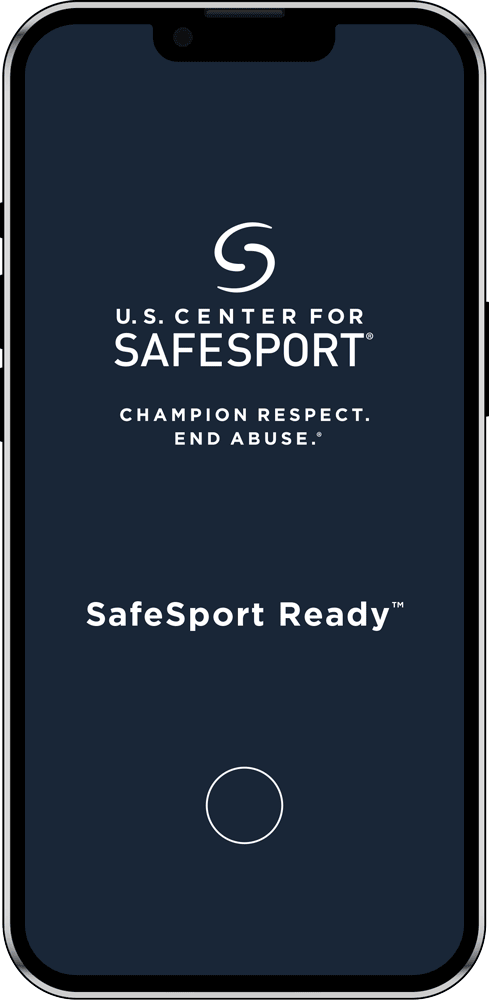Reflect on Your Child’s Sport Experience—and Set Expectations for the Upcoming Season

With fall sports winding down and many sports programs coming to a close ahead of the busy holiday season, now is an ideal time to take a moment and reflect on your child’s sport experience. What went well? What could have been improved? And what expectations do you have for the season to come?
Youth Sports: A Key Player in a Healthy Childhood
The advantages of playing youth sports are immense. From building self-confidence to reducing anxiety to improving overall physical health and life satisfaction, playing a youth sport comes with countless research-backed benefits you won’t want your child to miss out on.
However, while sports have the potential to positively impact your child’s life, not all sport environments are supportive—or safe. As a parent or guardian, taking a moment to pause and consider your child’s experience in sport lets you understand how you can better set them up for success and personal growth.
The U.S. Center for SafeSport is an independent 501(c)(3) nonprofit committed to building a sport community free of emotional, physical, and sexual abuse and misconduct. By offering prevention education resources, SafeSport provides parents and guardians with the knowledge and tools you need to support your child. This results in safer, more respectful sport settings where your child can play, learn, and grow.
A Positive Sport Experience Makes a Difference
Sport experiences rooted in teamwork, trust, and honesty can have a powerful impact. Yet negative coaching behaviors—like denying water breaks—or bullying behavior between teammates can turn a positive sport environment into one that’s harmful.
Parents and fans can also play a role in negatively impacting sport. Campaigns like Bench Bad Behavior confront these hurtful actions and champion the importance of respect on every playing field.
In positive sport environments, athletes are encouraged and motivated to develop skills and improve as a whole person rather than just as an athlete. When supported in this way, athletes are more relaxed, confident, and willing to test the boundaries of what they believe they can achieve.
Coaches play a pivotal role in preventing abuse and creating team environments that value respect and camaraderie. Here are three characteristics of positive coaching to look for in your child’s coach:
- Model appropriate and respectful behavior. When interacting with athletes, parents, officials, and other adults, coaches should always be respectful. They shouldn’t use slurs or other demeaning language when talking to or about others.
- Prioritize growth and well-being. Positive coaches reinforce to athletes that while winning matters, their growth and well-being matter more.
- Consistency. Effective coaches remain consistent in communicating and holding athletes accountable to core values, expectations, and policies.
SafeSport Ready™
A Tool to Support You
Being able to recognize harmful behavior is the first step to addressing it—and preventing it from happening in seasons to come.
SafeSport Ready™, a new educational mobile app, helps educate and inform parents and guardians about abuse and misconduct in sport.
Dropping your child off at soccer or baseball practice can be filled with excitement. But it’s also natural as a parent to feel a little uneasy, especially if they’re joining a new team. SafeSport Ready™ has resources to offer support, like the Centralized Disciplinary Database (CDD). The CDD lets you check to see if your child’s coach is under any form of temporary or permanent restriction within the U.S. Olympic & Paralympic Movement.

Searching the CDD can trigger many feelings, especially if you come across a name you recognize. It’s important to practice self-care and start by taking a breath. Then, turn to SafeSport Ready™ for guidance. On the app, the What If I Recognize a Name in the CDD? resource helps parents and guardians understand how to react and what to do next if a familiar name pops up in their search results.
Whether you’re unsure if your child’s coach is keeping appropriate boundaries or you think your child’s sport environment may be unsafe, with SafeSport Ready™ on hand you can easily access informative resources created by experts in the abuse prevention field.
How to Help
Playing youth sports is an essential component to your child’s healthy development as an individual along with offering lifelong physical, emotional, and social benefits.
Your financial support helps the U.S. Center for SafeSport create informed educational materials and resources for parents, coaches, and athletes of all levels. By donating today, your contribution helps create a safer sport environment where every athlete thrives.
Have a question? Reach out to the U.S. Center for SafeSport at [email protected].
Originally published in collaboration with the Make it Better Foundation.
